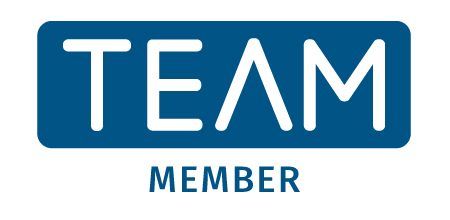In the fast-paced world of manufacturing, competition is fierce, and staying ahead requires skilled leaders who can navigate challenges and drive growth. That’s why succession planning and talent development are critical for manufacturing organisations. Investing in the development of future leaders not only ensures long-term success but also creates a culture of excellence and innovation. In this blog post, we will explore the key benefits of succession planning and talent development in manufacturing and provide practical insights to help you nurture the next generation of manufacturing leaders.
The Benefits of Succession Planning and Talent Development in Manufacturing
A proactive approach to leadership development offers numerous advantages for manufacturing organisations. Firstly, it enables companies to identify and groom potential leaders from within their ranks. By identifying high-potential employees early on, organisations can develop their skills and competencies, ensuring a smooth transition as current leaders retire or move on. This approach not only provides stability and continuity but also creates a sense of confidence among employees.
Additionally, nurturing high-potential employees and building a leadership pipeline has long-term benefits. It reduces the dependency on external hires and minimises the risk of leadership gaps. Employees who see clear paths for progression are more likely to stay motivated and engaged, leading to increased productivity and employee retention. By prioritising succession planning and talent development, manufacturing organisations build a strong foundation for sustained growth and success.
Identifying High-Potential Employees
Identifying high-potential employees is the first step towards developing future manufacturing leaders. While performance is important, it’s crucial to look beyond the surface level and evaluate characteristics that indicate leadership potential. These include adaptability, problem-solving skills, collaboration, and a growth mindset.
To accurately assess employees’ potential, managers should consider a combination of performance reviews, feedback from colleagues and supervisors, and self-assessment. It’s essential to identify employees who not only excel in their current roles but also demonstrate an eagerness for learning and growth. Those who embrace continuous learning, seek challenges, and show an ability to inspire and motivate others are prime candidates for leadership development.

Designing and Implementing a Succession Planning Program in Manufacturing
A successful succession planning program requires a thought-out approach and a focus on individualised development plans. Managers should start by identifying critical roles within the organisation to determine which positions will play a vital role in its future success. By forecasting future talent needs, organisations can create a roadmap for developing leaders who are equipped to take on these roles.
Customised career development plans are key to nurturing high-potential employees. These plans should include a combination of training, mentorship, special projects, and stretch assignments. Regular check-ins with employees to review progress and provide feedback are also crucial in the development process. Additionally, mentorship and coaching programs can help high-potential employees gain valuable insights and guidance from experienced leaders, accelerating their growth and development.
Nurturing Future Manufacturing Leaders
Creating a culture of learning and development is essential for nurturing future manufacturing leaders. Job rotation and cross-functional exposure provide employees with a holistic view of the organisation, enabling them to understand how different departments and functions work together. Special projects offer opportunities to tackle unique challenges, foster innovation, and expand skills. Additionally, offering a range of training programs, workshops, and continuous learning opportunities ensures that employees can enhance their knowledge and stay updated with industry trends and advancements.
Building a Leadership Pipeline
Building a strong leadership pipeline is crucial for the long-term success of manufacturing organisations. Promoting from within is not only cost-effective but also provides a sense of growth and stability for employees. By identifying potential leaders early on and providing the necessary training and development opportunities, companies can cultivate a pool of qualified candidates for leadership positions.
To retain top talent and maintain a robust leadership pipeline, manufacturing organisations must create an environment where employees feel valued, supported, and engaged. Regular performance feedback, opportunities for advancement, competitive compensation packages, and work-life balance initiatives all contribute to fostering a culture of growth and development.
About CSP
Succession planning and talent development are not just buzzwords in the manufacturing industry. They are essential components of building a strong foundation for long-term success. By investing in the development of future leaders, manufacturing organisations can ensure continuity, drive growth, and create a culture of excellence. And that’s where we come in! We don’t just provide temporary staff to plug a gap. We find the very best candidates who want to make an impression and stay with you long-term if the opportunity arises.
Find out why so many manufacturing organisations choose to partner with CSP. Call 0116 2538222 and start your partnership today.
Not ready to make that call, but want to find out more? Visit our website to read about our long term supply partnerships.







